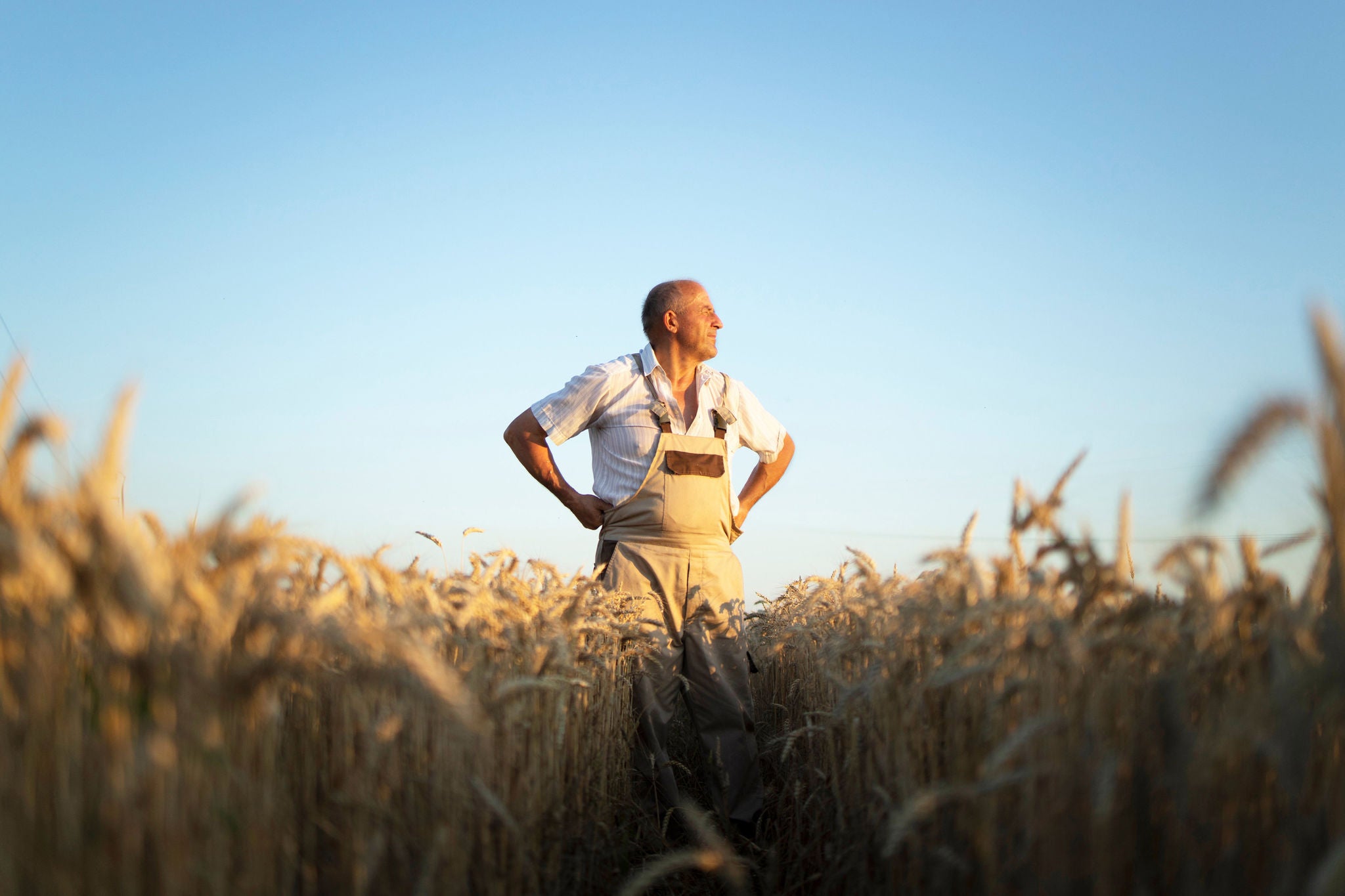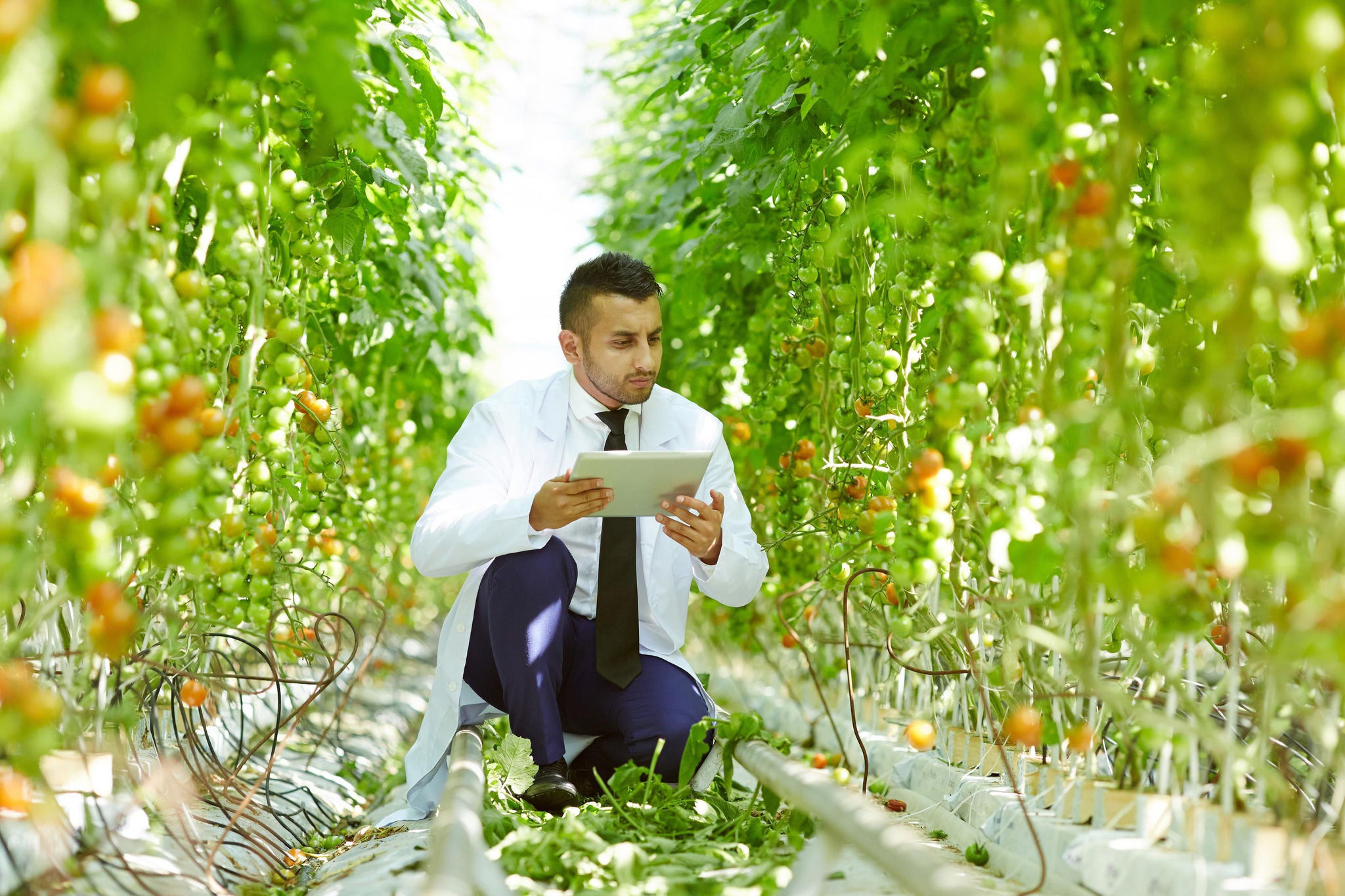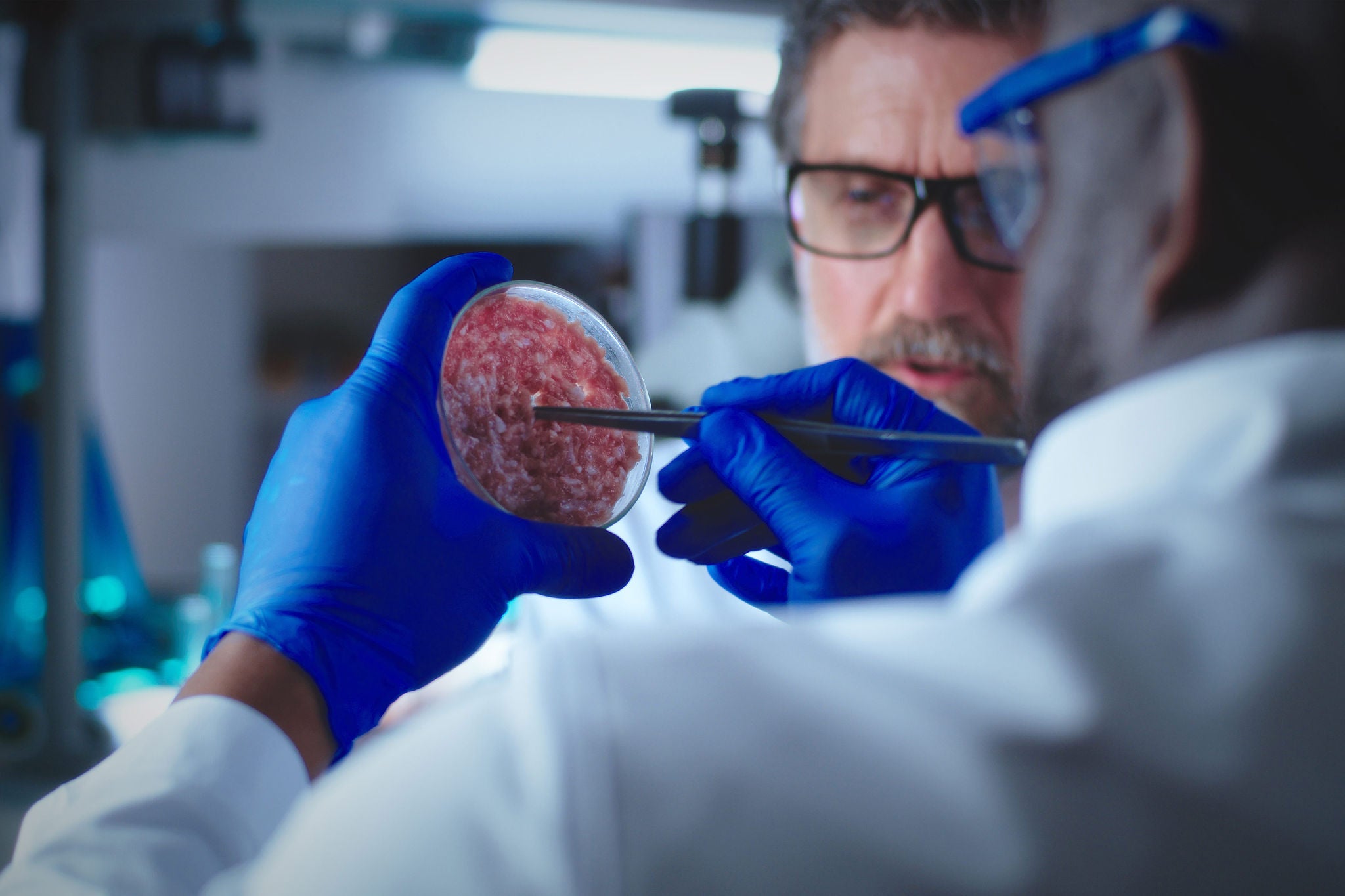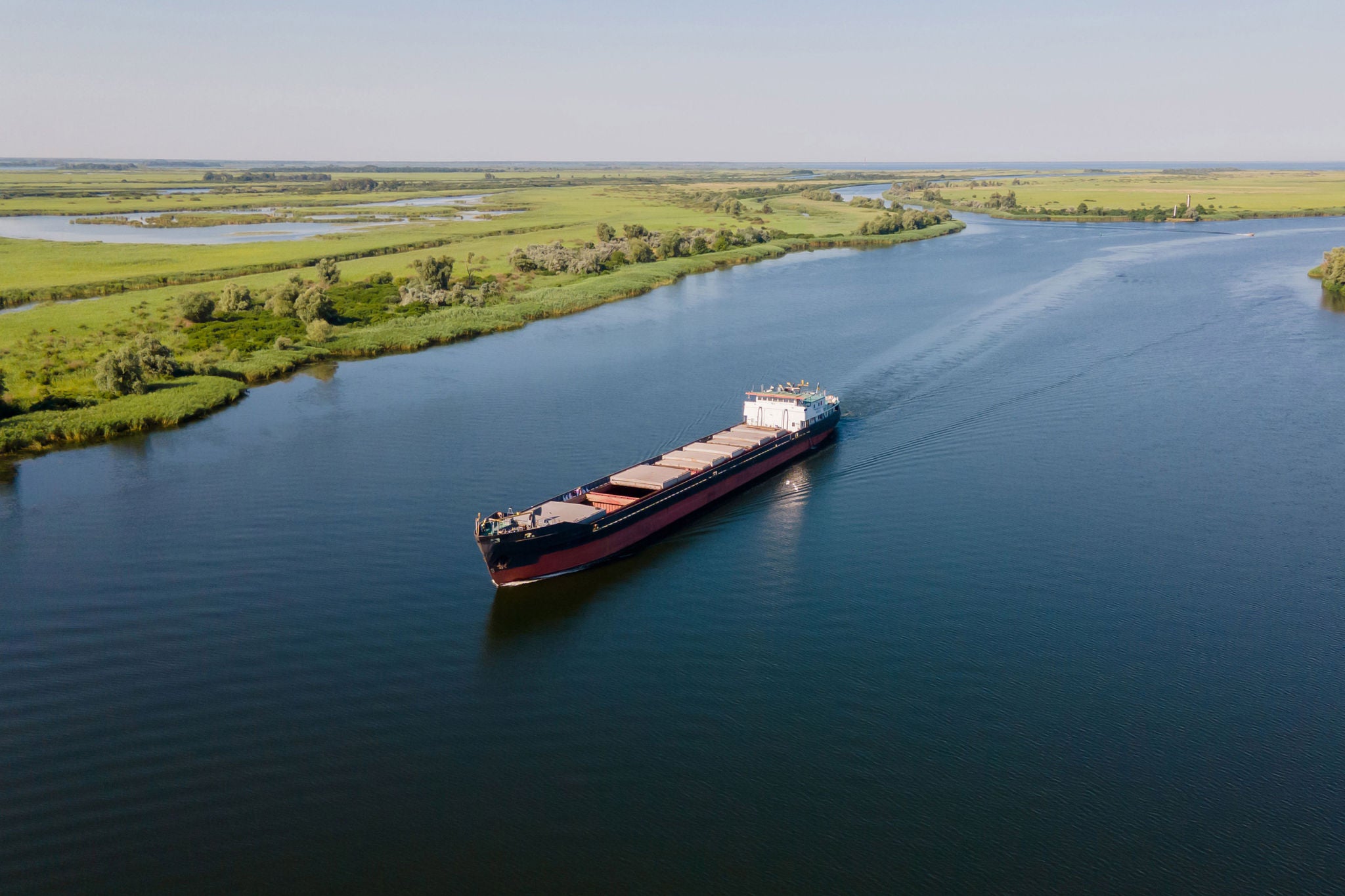EY research shows that executives at many food and agriculture companies may be underestimating the potential impacts of converging industry dynamics and are unprepared for changes on the horizon that have the potential to upend business models and disrupt industries. Many may be missing opportunities to improve competitiveness and create new value as the industry evolves.
And while the challenge seems large given the magnitude, unpredictability and number of factors at play, companies can take practical steps, using forward-looking strategic frameworks and methodologies, to examine the relevant disrupters, identify potential future scenarios and establish a stronger, more future-ready position in the industry.
Disrupters and accelerators
While there are many changes taking place across the food system, three broad disrupters have the potential to fundamentally reshape the industry.
Energy transition
The transition from traditional fossil fuels to sustainable energy sources will continue to play a significant role in the path to decarbonization. Global companies have made significant commitments to decarbonize, and these efforts will be carried out amid evolving technical, political and economic realities to chart a path to more sustainable energy that is also reliable and affordable. As a major global consumer of energy, as well as a producer of grain-based biofuels, the food industry stands to be impacted in significant ways.
Protein transition
The global protein market is transitioning as consumers diversify their protein sources and seek to reduce overall meat consumption. A result is the growing consumer adoption of vegetarian or “flexitarian” diets and newer solutions, such as alternative proteins. Although the alternative protein industry has attracted a large amount of capital in recent years, uncertainty remains as consumer adoption of currently available products has slowed. Furthermore, technical product development and manufacturing hurdles remain in the pursuit of products that fully mimic or surpass animal-based protein in quality, taste and nutritional value.
Future of globalization
The uncertain future of globalization, with developments that include the war in Ukraine, conflict in the Middle East and continued trade tensions, will have significant implications for the global food system. The war in Ukraine, for example, has caused meaningful price spikes in fertilizer, wheat, corn and vegetable oils. Trade constraints have the potential to increase global competition for food and for key agriculture inputs, such as fertilizer and energy.
These disruptive trends will be accelerated by social, economic and political pressures, including the growing importance of sustainability, lingering fallout from the COVID-19 pandemic, convergence within the global food industry and adjacent sectors, changing customer demands and technological innovation.
The food system is uniquely vulnerable given the strategic importance of food commodities, the tight linkage with energy markets, the ecological impact of food and energy, and dependence on global trade.












